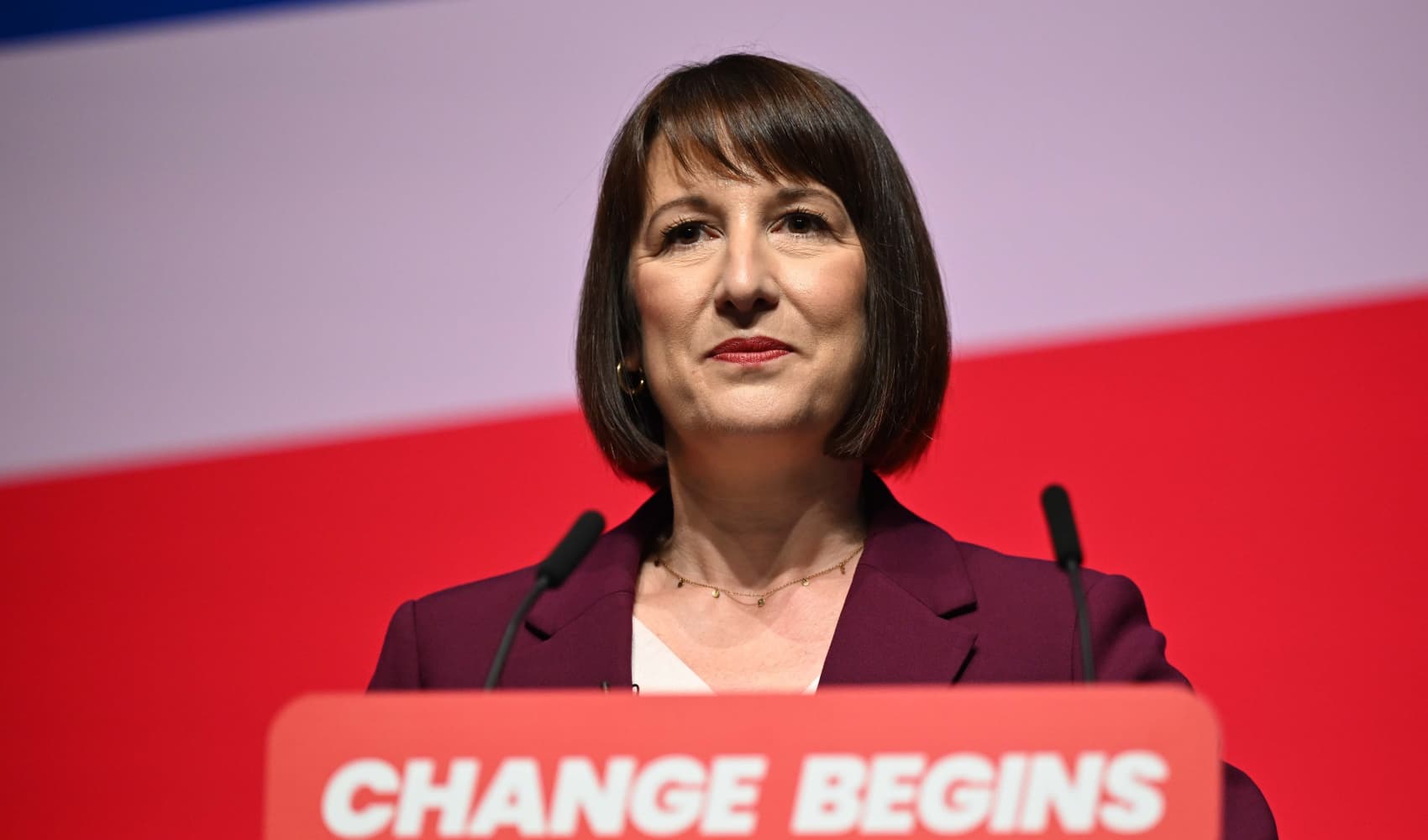
- Asian cities are facing the greatest risks from environmental problems such as pollution, extreme heat, climate change and natural disasters, according to a new report from Verisk Maplecroft.
- Among the 100 cities most at risk, 99 of them are in Asia — with 37 in China and 43 in India.
- Globally, the report found 414 cities with a population of over 1 million in each of them are vulnerable to environmental problems and they are home to 1.4 billion people.
Asian cities are facing the greatest risks from environmental hazards including extreme heat, climate change and natural disasters, according to a new report from Verisk Maplecroft.
Among the 100 cities most at risk, 99 of them are in Asia — with 37 in China and 43 in India.
Globally, the report found 414 cities across the world, with a population of more than 1 million each, are vulnerable to pollution, dwindling water supplies, extreme heat, natural hazards and climate change. Collectively, those cities are home to 1.4 billion people.
Get top local stories in Philly delivered to you every morning. Sign up for NBC Philadelphia's News Headlines newsletter.
Here are the top riskiest cities in the world, according to Verisk Maplecroft.
1. Jakarta, Indonesia
2. Delhi, India
3. Chennai, India
4. Surabaya, Indonesia
5. Chandigarh, India
6. Agra, India
7. Meerut, India
8. Bandung, Indonesia
9. Aligarh, India
10. Kanpur, India
Indonesia
Indonesian capital Jakarta was named the riskiest city globally due to severe air pollution, the report said. It also faces perennial threats from flooding and seismic activities.
Money Report
The city of about 10 million people also suffers from heavy traffic and is flood-prone as it is reportedly one of the fastest sinking cities in the world.
In 2019, President Joko Widodo revealed plans to move the Indonesian capital from Jakarta, which is on Java island, to the island of Borneo,. However, that project was stalled due to the outbreak of the Covid-19 pandemic.
India
India's urban cities such as Delhi, Chennai, Jaipur, Lucknow, Bengaluru and financial hub Mumbai are among the top 30 places most at risk, according to the report.
In recent years, the Indian capital of New Delhi has made headlines for having air quality so hazardous that officials were forced to declare public health emergencies and close schools.
South Asia's largest country faces the twin challenges of air and water pollution. The report noted that noxious air caused almost one in five deaths in India in 2019 and resulted in economic losses of $36 billion.
Meanwhile, water pollution led to almost $9 billion in annual health-care costs and led to 400,000 deaths each year in the country.
East Asia
East Asian cities are more at risk from natural disasters, according to the report. In China, Guangzhou and Dongguan are prone to flooding. The Chinese city of Shenzhen, as well as Tokyo and Osaka in Japan face threats including earthquakes and typhoons.
Pollution is also a big problem in China. The report pointed out that China and India accounted for as many as 286 million people, out of the 336 million living in cities at extreme risk of pollution.
Africa
Climate change is worsening the environmental risks and the African continent is most vulnerable. Cities there are exposed to climate extremities and are least-equipped to mitigate the physical impacts, according to the report.
"A significant danger for many cities is how climate change will amplify weather-related risks," Will Nichols, head of environment and climate change research at Verisk Maplecroft, said in the report. "Higher temperatures and the increasing severity and frequency of extreme events such as storms, droughts and flooding will change the quality of living and economic growth prospects of many cities across the globe."
Last month, leaders from countries such as Brazil, Canada and Japan committed to curb domestic greenhouse gas emissions and tackle climate change during the climate summit hosted by President Joe Biden. The United States, for its part, has vowed to cut emissions by at least 50% by 2030.






